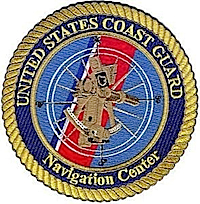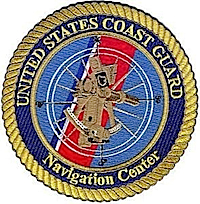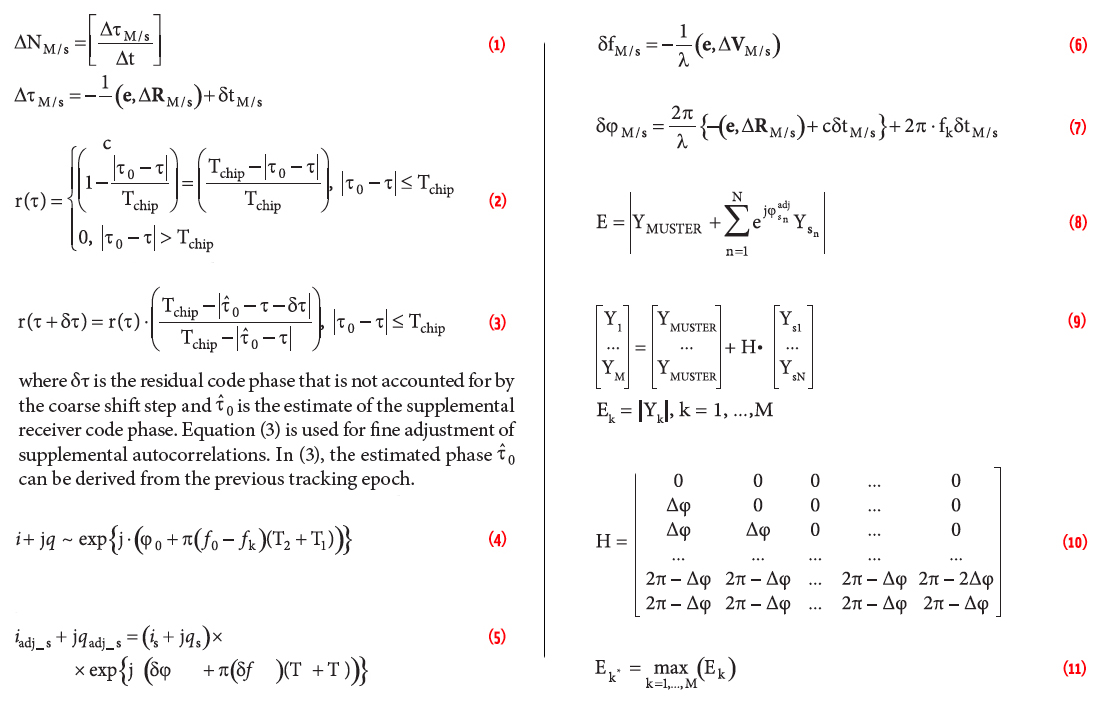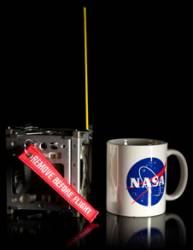ESA Adds System Time Offset to Galileo Navigation Message
The four Galileo in-orbit validation (IOV) satellites now on orbit have begun broadcasting the “offset” between the GPS and Galileo system time, accurate to a few billionths of a second, according to the European Space Agency.
With satellite navigation based around the highly accurate measurement of signal travel times, both Galileo and GPS have their own internal reference time systems used to synchronize all system clocks, including those in the ground segment, on satellites, and in receivers. Galileo System Time is about 50 nanoseconds or less apart from GPS time.
By Inside GNSS
















